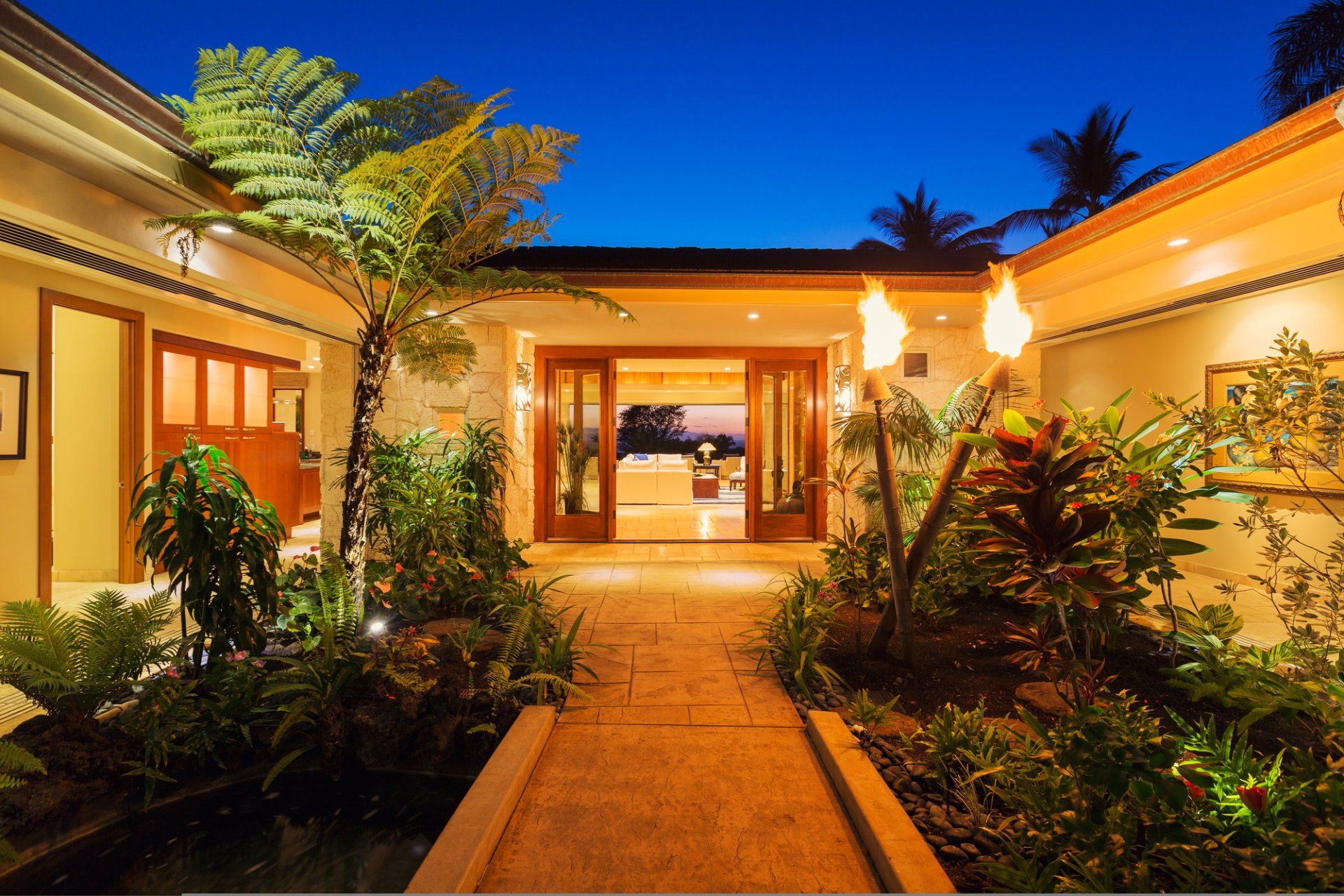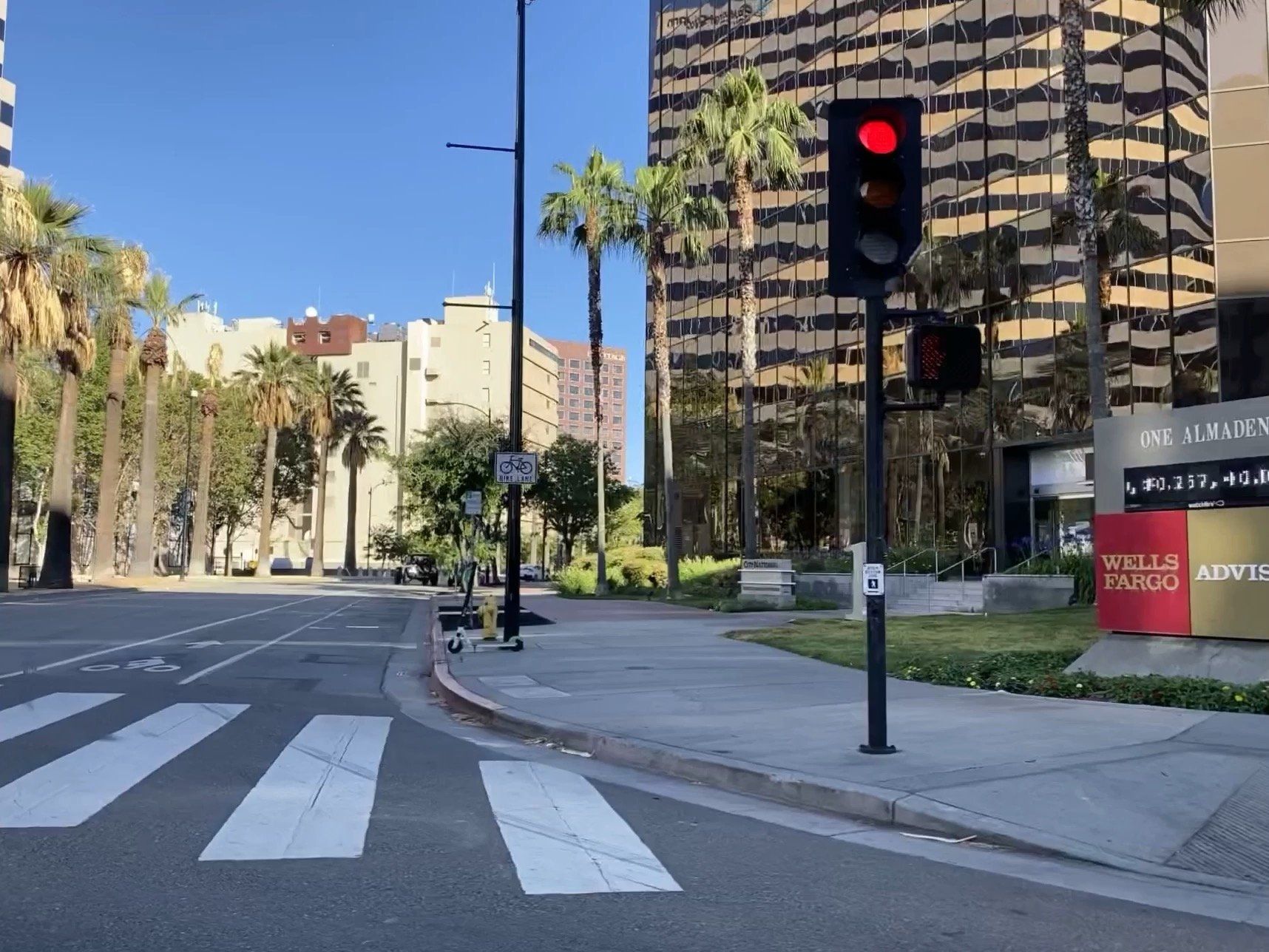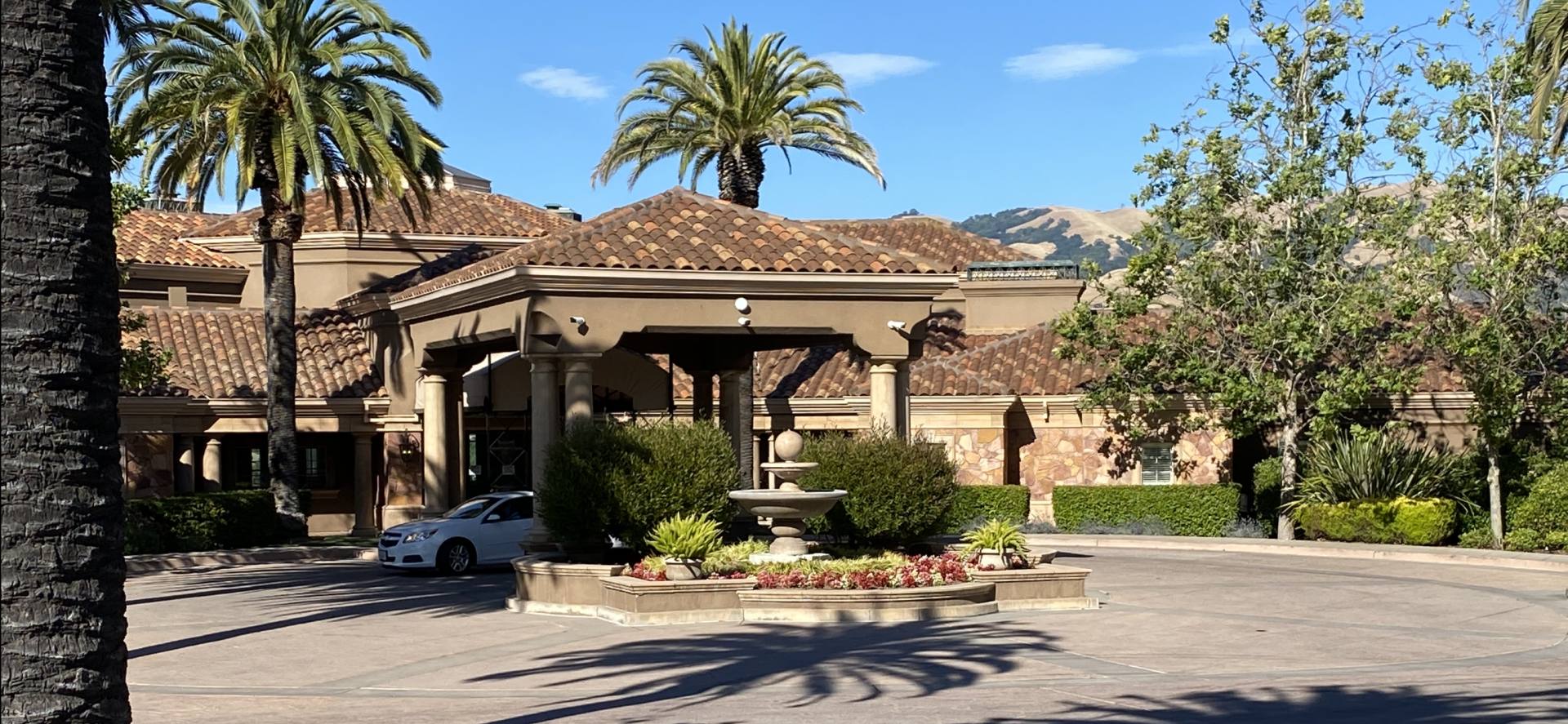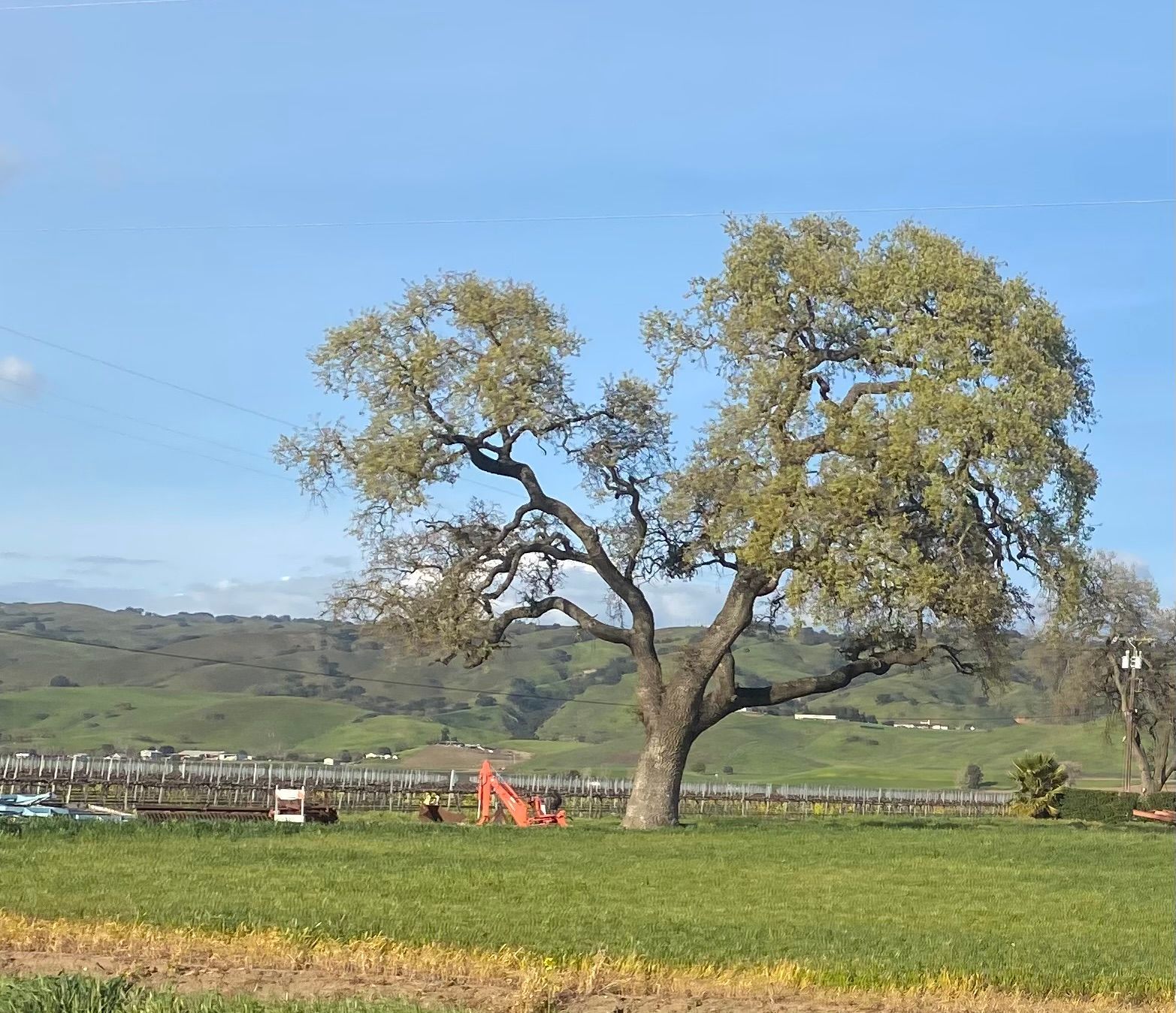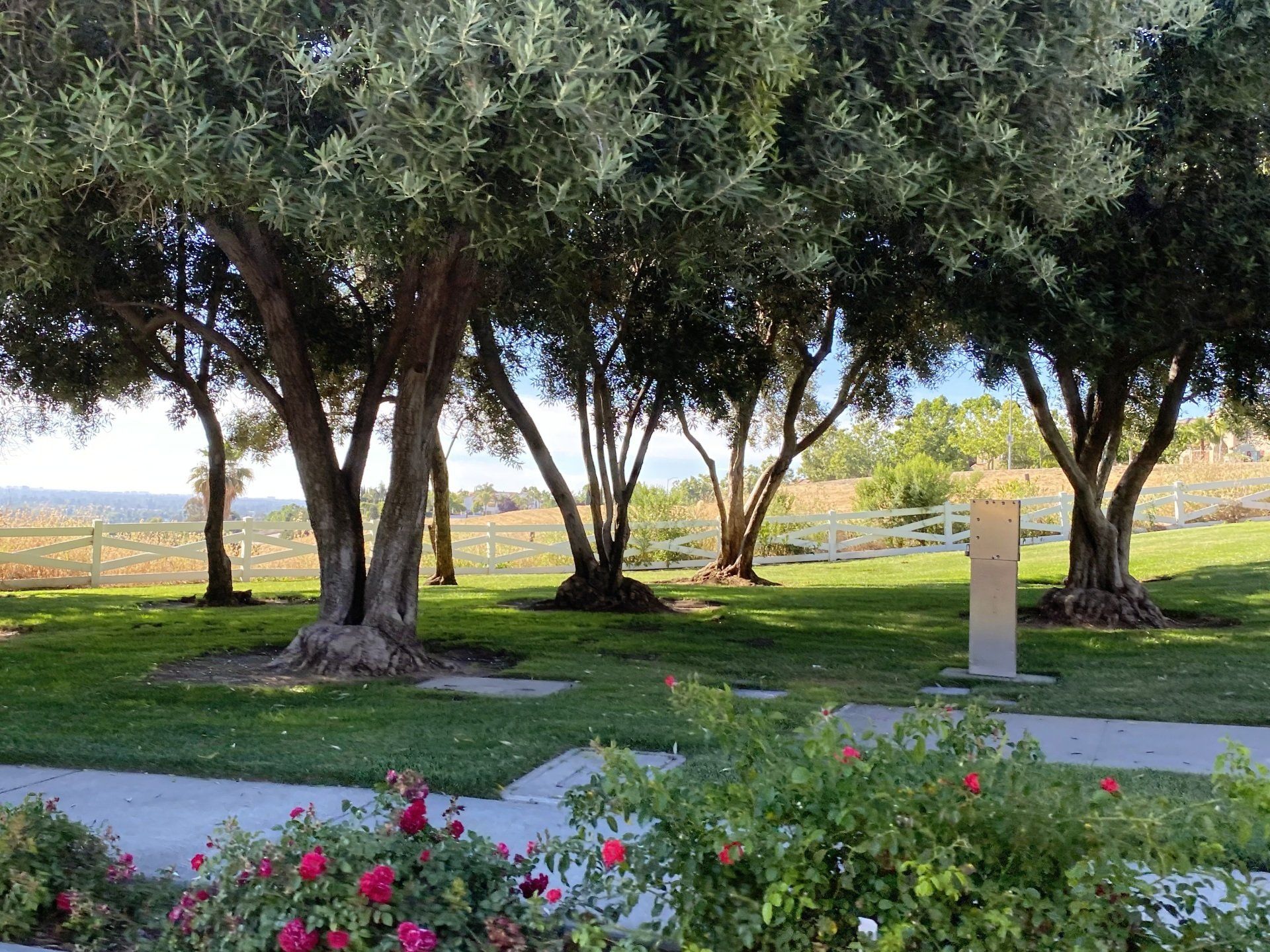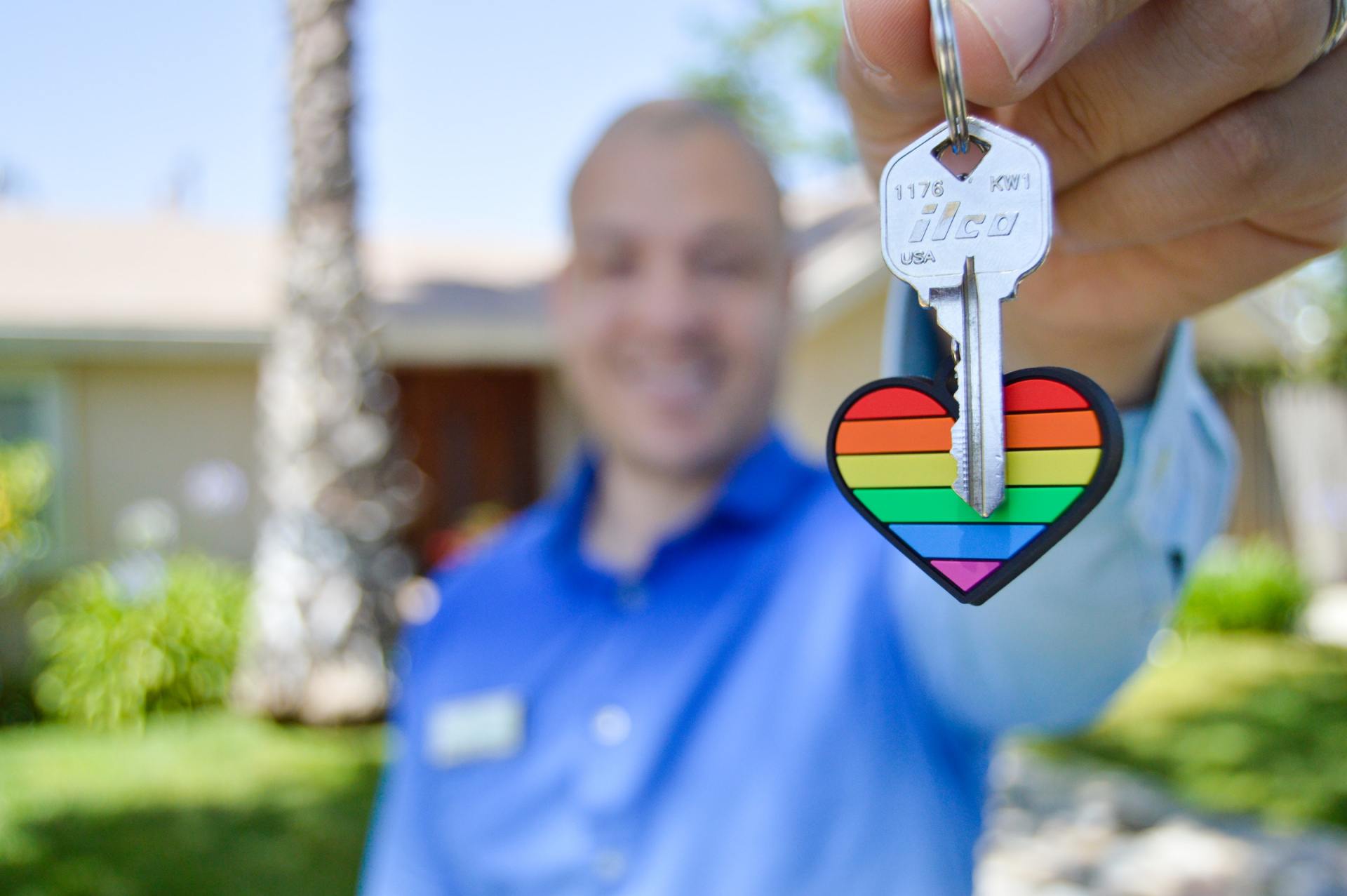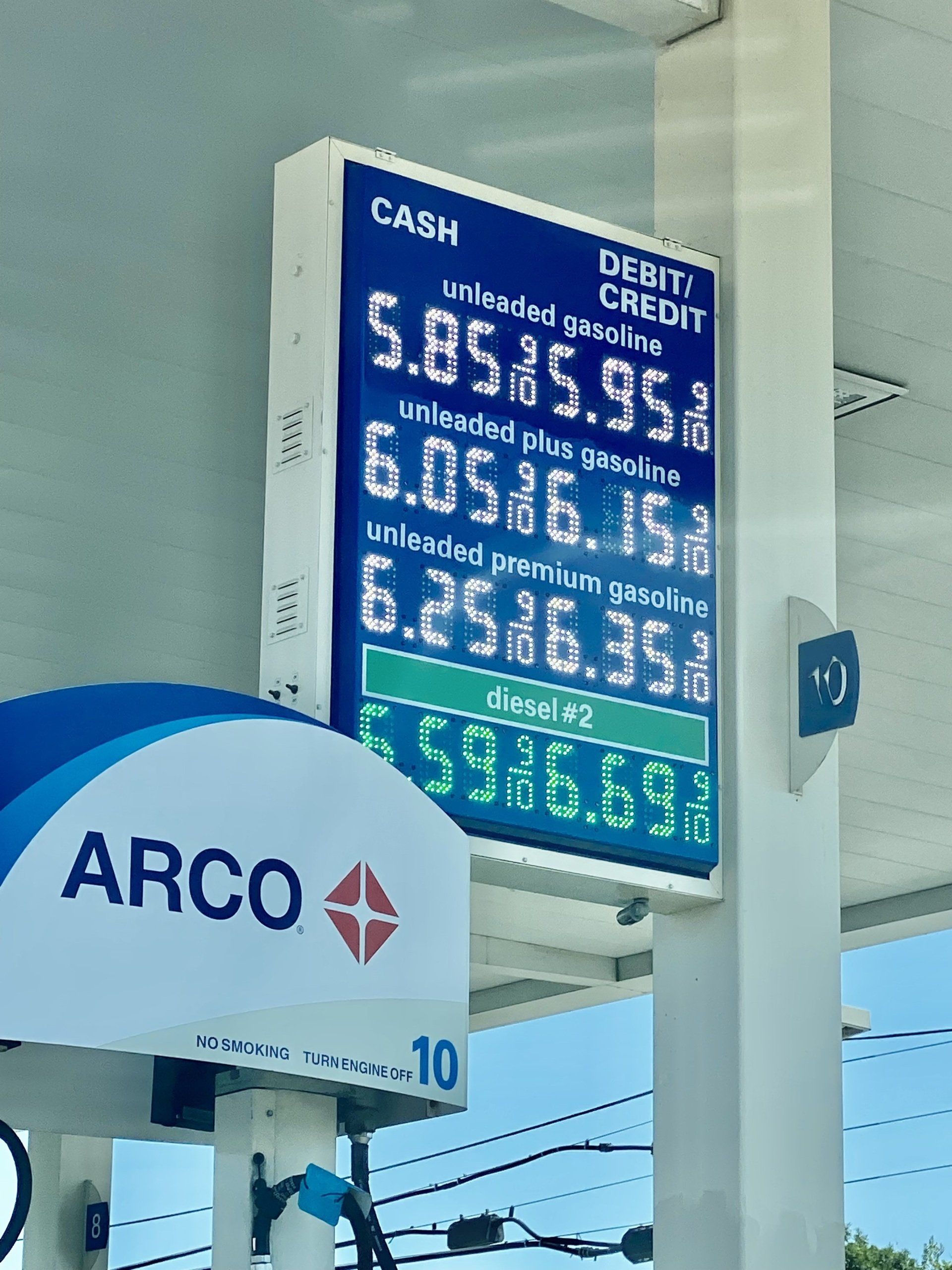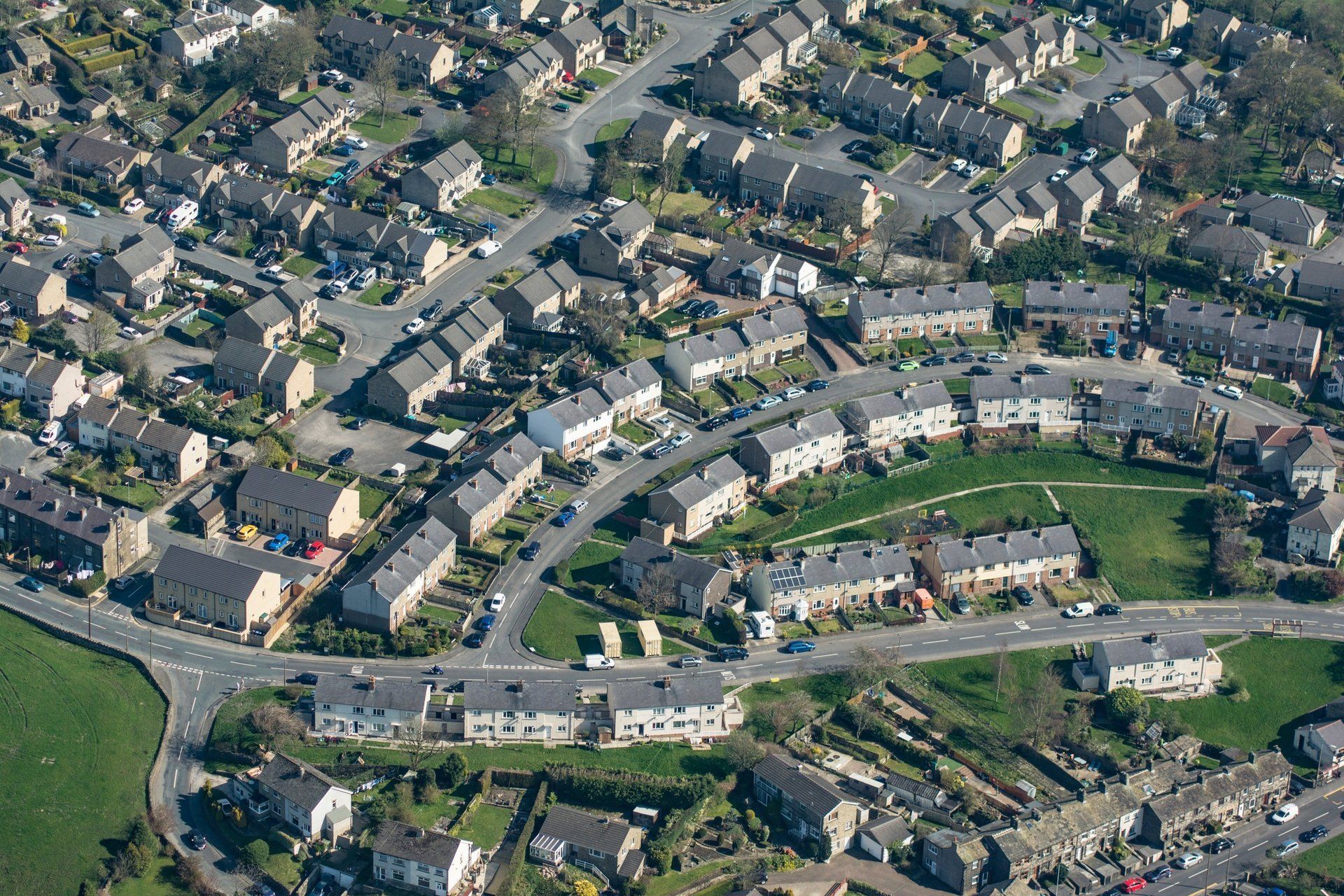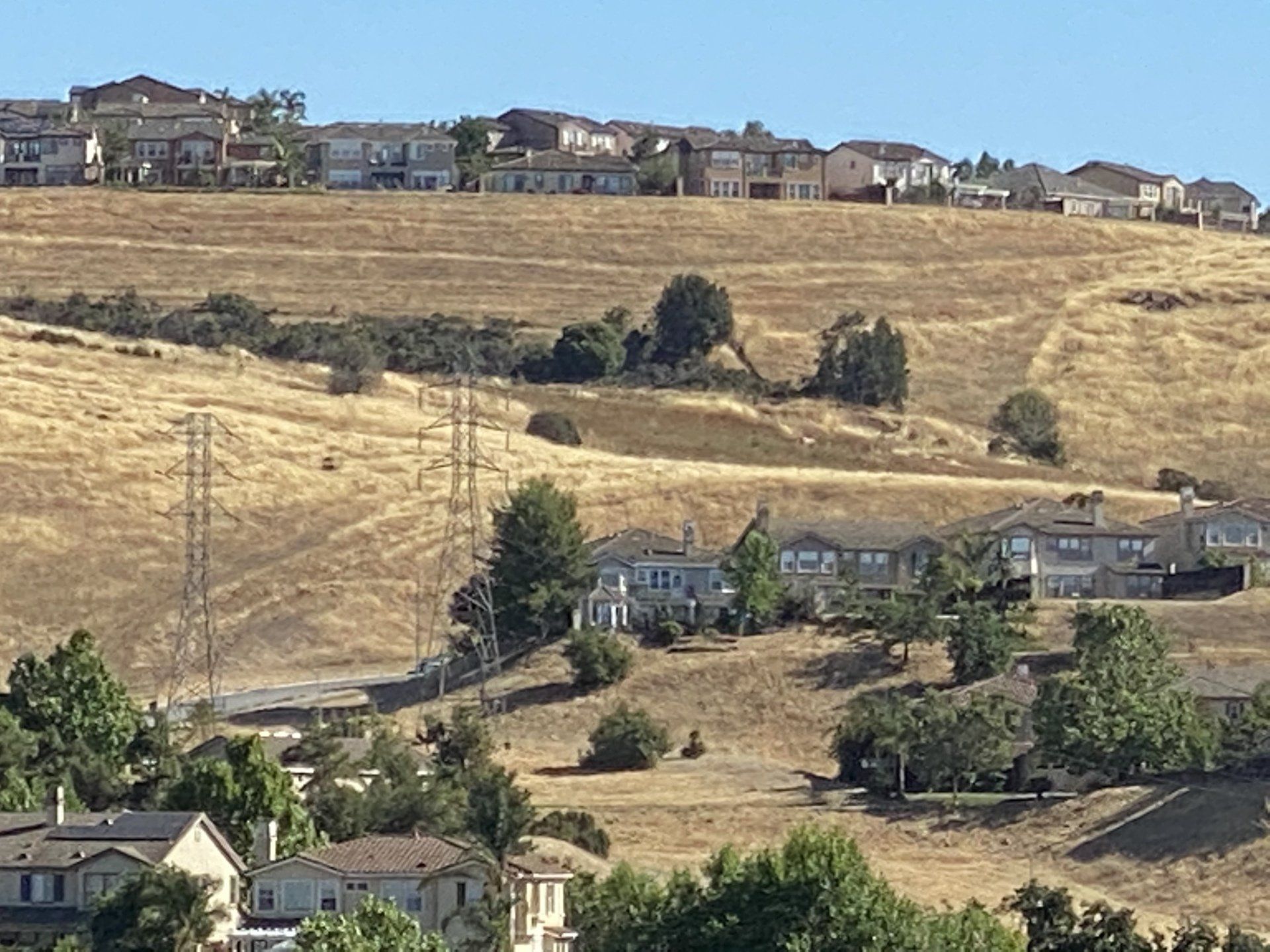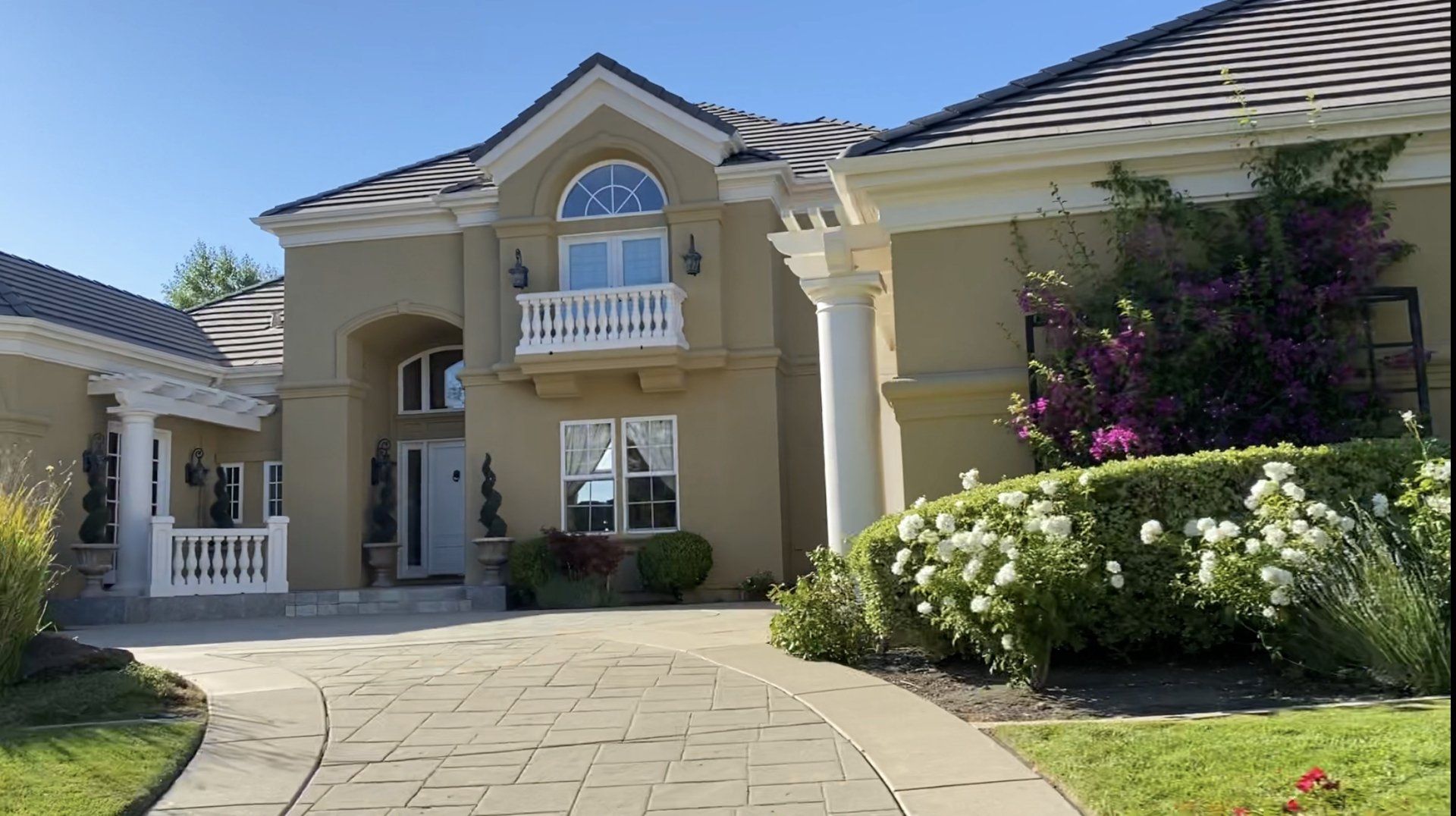How To Buy San Jose Real Estate With Zero Down Payment
Looking For Zero Down Home Loans for First Time Home Buyers in San Jose?
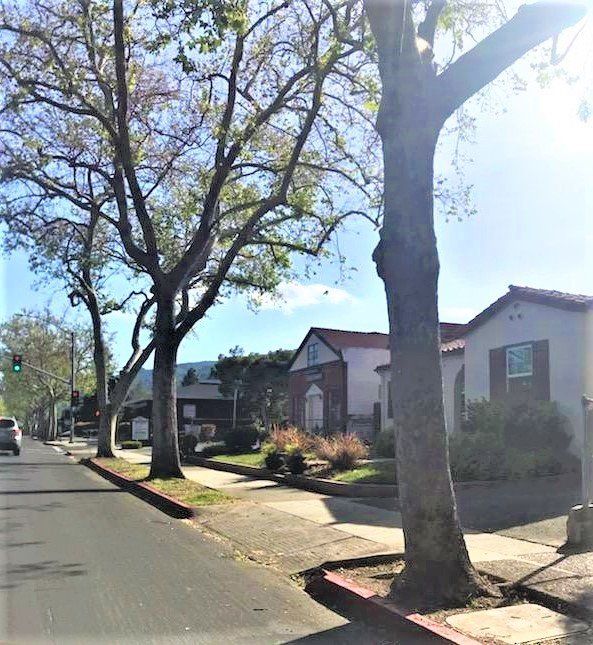
If you are a first time home buyer looking to buy San Jose real estate, or real estate anywhere in Northern California there are several different types of Down Payment Assistance government programs that are available to you. These programs allow you to purchase a home or a brand new home with zero down payment. Both CalHFA -FHA, Conventional, VA and USDA loan types are available. It can get a little confusing knowing and understanding all the different programs that are available in California and if you qualify. This guide will help give you the information you will need to have a better understanding, and to be better prepared before meeting and sitting down with a lender. The state of California offers these programs to first time home buyers, however with some of these programs you don’t have to be a first time home buyer.
First Time Home Buyer?
So, what is a first time home buyer? A first time home buyer is someone who currently doesn’t own any real property, or someone who used to own real estate but sold it at least 3 years ago. This means that if you used to own real estate in San Jose or anywhere else in California and you sold it three years ago or more you would be a first time homebuyer and you would qualify for these programs.
The Down Payment Assistance Program
Depending on the lender, you would need at least a 640 credit score to qualify for most of the down payment assistance programs. A lot of great new changes have been made for 2020 to help make these programs more available and accessible to home buyers and communities.
These programs are great for first time home buyers and they’re actually put in place to encourage the community to become homeowners, and enjoy all the benefits that come along with home ownership. Down Payment Assistance programs have been around for a long time, but what makes the current program so nice and different from the traditional ones of the past is that you actually don’t have to make any monthly payments on the money you borrow to pay for your down payment and/or closing costs.
Sounds a bit strange? Well, here’s how it works...The “My Home” down payment assistance program is a deferred payment loan offering you assistance on covering your down payment and closing costs by offering you a second mortgage. So, you will have your first mortgage which could be either a regular Conventional Loan or FHA Loan, and then you would have a second mortgage to cover your down payment and/or closing costs. In order to help you keep your monthly mortgage payments down, you would only make monthly payments on the first mortgage loan. You would only pay the second mortgage when you decide to sell your house and pay it off in full, through escrow, or when you decide to refinance your home. That is why the second mortgage is called “silent seconds”. Because it’s sort of like you won’t even know they are there.
The second mortgage needs to be 3.5% of the purchase price, and there is a $10,000 cap unless you're purchasing new construction, or you’re a school employee or a fire department employee.
CalHFA Program
This program is an FHA program offering you a 30 yr fixed interest rate first mortgage loan and 3.5% down payment. To qualify the home you are buying has to be your primary residence, so you do have to live in the home. You also are required to complete a homebuyer education counseling class, obtain and present a certificate of completion. If you prefer to take the course with the online option there is a $99 fee, and it’s 8 hours total. If there are two people on the loan, only one of the borrowers are required to take the course. What’s so nice is, for those needing assistance with their closing costs and down payment this program can be combined with the My Home Second Mortgage.
CalPLUS FHA Program
This is an FHA program with a 30 year fixed rate that has a slightly higher interest rate than the regular FHA Loan. This program is combined together with the CalHFA Zero Interest Rate Program to cover your closing costs. Your new home has to be your primary address, so you must occupy your new home to be eligible and complete the homebuyer education counseling course, and just remember only one of two buyers living in the home will need to take the course.. You must also meet the income limits for the program for example for Santa Clara and Alameda County the new income limit is $236,000, however effective June 1st, 2020 CalHFA will no longer have sales price limits for buyers purchasing single family homes. As of April 2020 the Maximum Debt-to-Income Ratio is now 43% which is good news for first time home buyers because it allows home buyers purchasing real estate in San Jose and throughout California where real estate can be a bit pricey to qualify for a little more.
CalHFA Conventional
This program offers a conventional loan to home buyers, and it doesn’t require you to be a first time home buyer. The minimum down payment is only 3% of the purchase price of the home, so if your purchase price is $700,000 your down payment would be $21,000. With this conventional program a minimum credit score of 680 is required. In most cases since you are putting down such a low down payment you may want to ask your loan officer if there is PMI or Private Mortgage Insurance. Private Mortgage Insurance is a monthly insurance that’s included and added to your monthly mortgage payments. It is generally required for borrowers with an 80% or higher LTV who are putting down less than 20% to purchase their home. Because of the lower investment from the buyer toward their down payment they are deemed as a higher risk to the lender, so PMI protects the lender in case the buyer ever defaults on the loan. The interest rates for this program are generally low, however there are different factors that will be considered by the lender such as your credit scores, and financial circumstances in order to determine your score. Since interest rates can change from day to day, and are pretty low right now it is good to have your loan officer lock you into a good rate once you have been approved.
Cal PLUS Conventional
This is the second mortgage that goes with the CalHFA Conventional if you need help paying for your closing costs and/or down payment. With this loan you will have a zero down payment. Income limits do apply for this program so you will need to check with your loan officer to see if you qualify. However starting June 1 2020 there are no purchase price limits. The new home must be your primary residence, and the first time homebuyer class and certificate is required before close of escrow. This program covers several types of San Jose Real Estate such as single family homes, condominiums, one- unit residences, manufactured homes are ok, and guest houses.
Conventional 97 Mortgage/ Fannie Mae HomeReady Loan/ Freddie Mac Home Possible Loan
If you are wanting to use a lower down payment; these loans are a great product. These programs only require a minimum credit score of 620, and the minimum down payment is just 3% compared to the traditional 5% on a Conventional loan. There is PMI, however it goes away after 10 years of owning your home.
CALHFA USDA
This is a USDA Guaranteed First Mortgage loan that is limited to rural areas, but there are plenty of rural areas outside and around San Jose, the South Bay and the Bay Area. This could be a great option for anyone interested in living in a rural area, and don’t mind the commute. This is a NO DOWN PAYMENT loan, and it has a 30 year fixed rate. The CalHFA USDA could be combined together with the My Home Program mentioned earlier if you need assistance with your down payment and/or closing costs. This loan requires no PMI Private Mortgage Insurance, which helps to reduce your monthly payments, and allows you to qualify for a bit more house. Minimum credit score for this program is 640. It also has income limits that are lower than some of the other programs. The program is for first time home buyers, and you have to take the required first time home buyer education counseling course and receive the certificate to qualify. You could buy a single family home, condominium, or manufactured home with the CalHFA USDA loan. There is of course a 5 acre limit on the land you can buy.
CalHFA- VA Program
This VA insured loan has a CalHFA First Mortgage fixed interest rate with a 30 year fixed rate. With this loan program you must occupy the home as your primary residence and complete the first time home buyer course and obtain the certificate, presenting a valid certificate of eligibility per VA Guidelines. Income limits do apply. Your new home has to be a single family residence, One- unit residence, condominium, guest house, granny units, and in-law units may also qualify.
Items Needed To Qualify
These programs are great and offer zero down payment options to first time home buyers. In order to qualify for these programs you will need to provide some documentation such as your most recent pay stubs, two years of your most recent tax returns, your employment history and two months of your most recent bank statements. CalHFA is not a lending institution and does not lend money to the public. They only work through approved lenders, and it is generally the lender that will decide the qualifying guidelines, and whether your application is approved or not. So it’s important that you work with a San Jose real estate agent, and loan officer that is familiar and has access to these programs. If you are interested in applying or receiving more information about the Down Payment Assistance Programs in the Bay Area, San Jose, Gilroy, Hollister, or it’s surrounding areas including Stockton and the Central Valley please feel free to reach out to us through our chat or by giving us a call, we are happy to help!
What my home's worth? Looking for a top realtor in San Jose? Capri Ndikum is a top San Jose Real Estate agent & broker/owner of Citi One Realty located in San Jose, CA with over 20 years of real estate experience. The American Institute of Real Estate Professionals listed Capri Ndikum as the 10 Best Real Estate Agents in California.
San Jose Real Estate Blog
